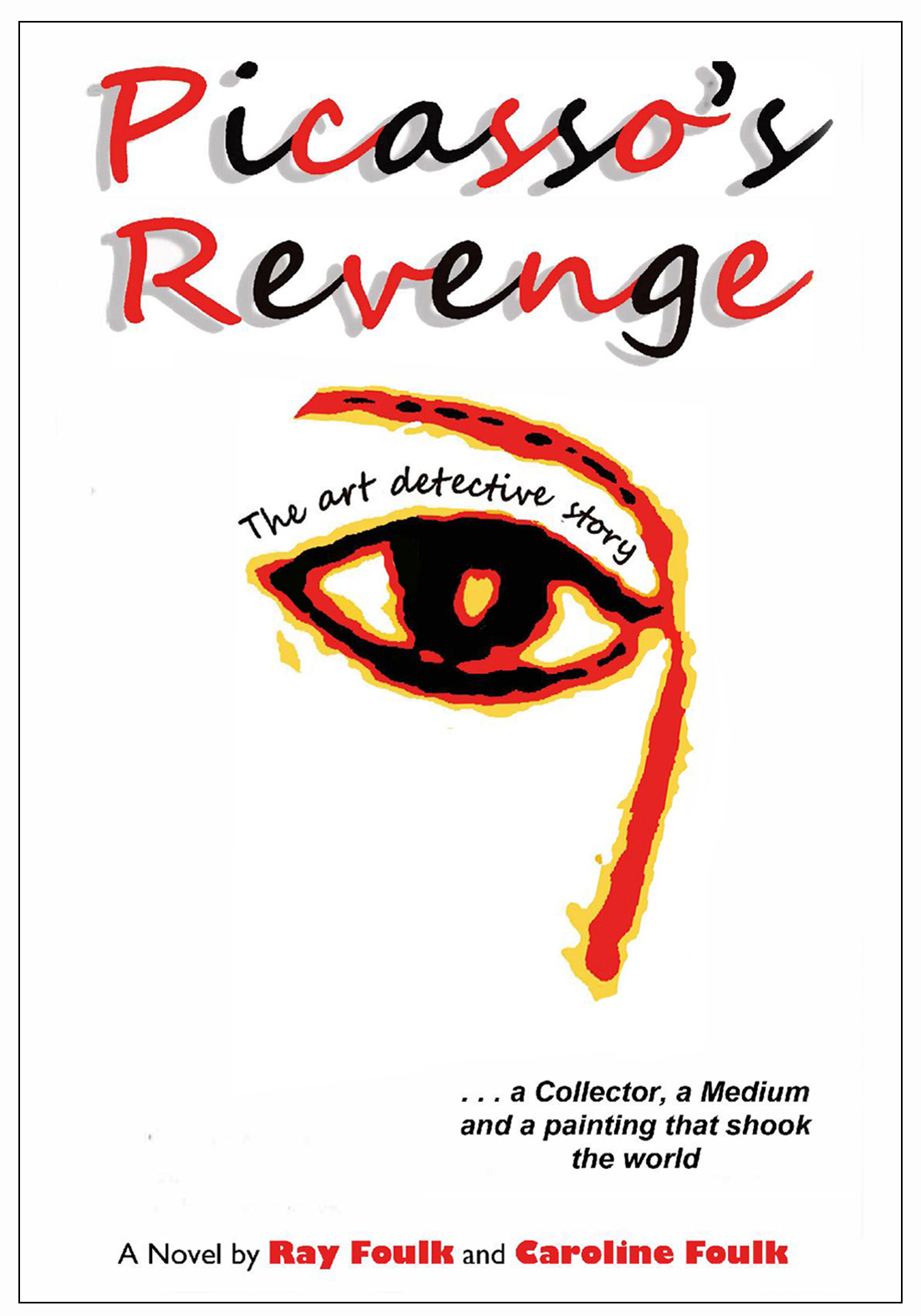Black Dome Press. 2010. c.192p. illus. bibliog.. index. ISBN 978-1-883789-68-8. $24.95.
In this generously- illustrated (over 140 reproductions) publication, Toole, a practicing landscape architect (1975- , private practice, Saratoga Springs, New York), who specializes in historic landscape study and restoration while also providing landscape design services on a variety of projects, retells for the first time the story of landscape gardening and architecture along the Hudson River during the “Romantic Age.” In fifteen chapters, each averaging eleven pages, Toole covers landscape gardening and architecture along the Hudson River from the end of the colonial era in the late eighteenth century until the last decades of the nineteenth century, a period during which American landscape gardening and architecture were born amidst the Nation’s quest to discover and sometimes assert its unique, cultural, political, and social identities amidst the natural resources and wonders of the American continent. In introductory chapters, the author sets forth the cultural, historical, and literary backgrounds as well as describes some early colonial gardens along the Hudson River, in order to distinguish them from later aesthetic and design components, influenced by but not limited to the Beautiful, Picturesque, and Gardenesque modes. Extensively referencing the writings and works of the landscape gardener Andrew Jackson Downing (1815- 1852) and the architect Alexander Jackson Davis (1803- 1892), both of whom figured prominently in the history of nineteenth- century landscape gardening, architecture, and design along the Hudson River and were notable for helping to establish the Picturesque mode of landscape gardening and architecture in the United States, he then examines specific Hudson River landscape gardens of the Romantic age, mainly focusing on those of Hyde Park, Montgomery Place, Blithewood, Sunnyside, Knoll (Lyndhurst), Millbrook, Kenwood, Locust Grove, Highland Gardens, Springside, Wilderstein, Idlewild, The Point, Wilderstein, and Olana. Not only does the author showcase the significant aspects of each garden’s design, layout, historic buildings, ornamentation, indigenous features, and plantings, but he also distinguishes each in terms of the various aesthetic ideals and influences that shaped its development. Including a list of illustrations, two appendices pertaining to visiting landscape gardens along the Hudson River and in England, endnotes, and a bibliographical essay, this publication is well-documented and thoughtfully- illustrated, with many historic images, not limited to ground plans, photographs, bird’s eye views, paintings, engravings, and other reproductions. Toole uses his own sketches and ground plans to further clarify and enhance the text, which is well- organized and fairly effectively written. Students, scholars, professionals, and some general readers interested in “touring” (Foreword by Elizabeth Barlow Rogers, p. vi) the showcased, historic gardens with Toole will be interested in reading this book. As the first comprehensive study of the Hudson River gardens of the Romantic age and their legacies, it constitutes an important, scholarly contribution to the study of garden history in the United States as well as a “feat of garden archaeology” (Foreword, p. vii), since many of the gardens do not exist any longer or are experienced in ways “at variance with the historic situation.” (p. 168). This publication is very highly recommended for large public, academic, and special library collections. Review copy. Availability: Amazon.com, Barnes & Noble.com














